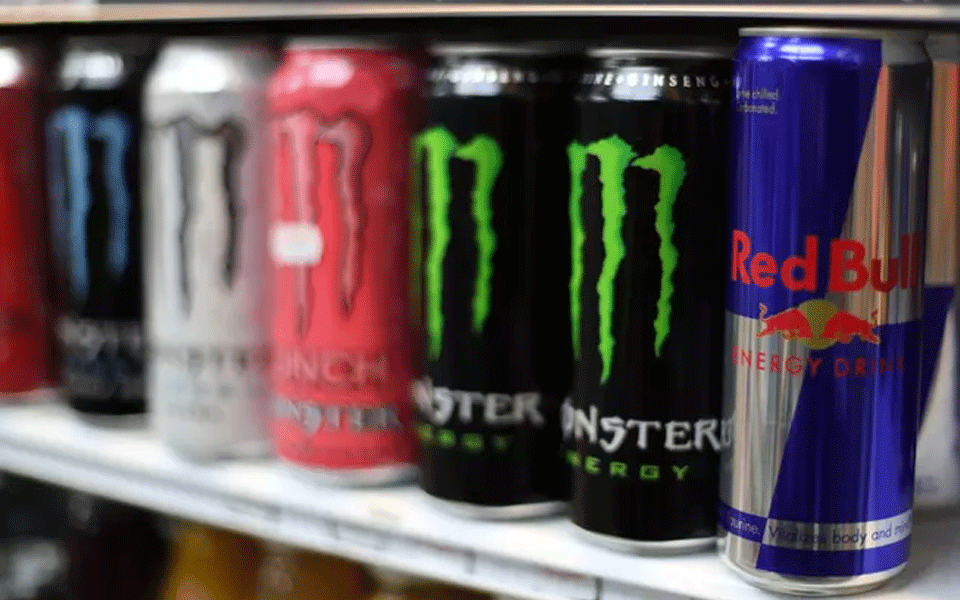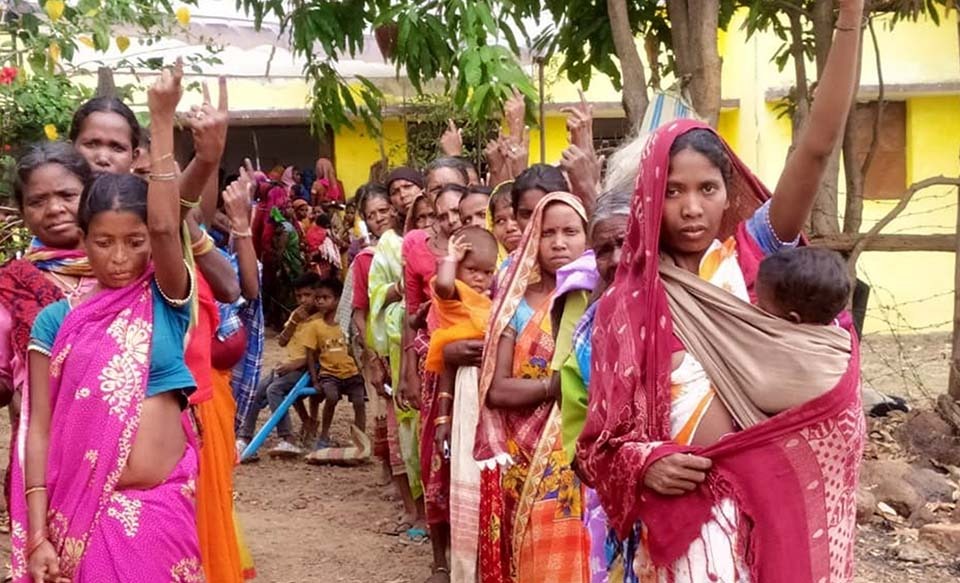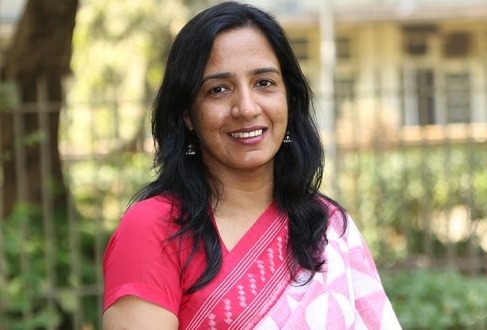London, Sep 20 : There is a need to ban the sale of caffeinated energy drinks to children and young people to tackle obesity and mental health problems, says an expert.
Caffeine is probably the most commonly used psychoactive drug across the world as it increases activity and heightens attention and awareness.
But caffeine also increases anxiety, reduces sleep and is linked with behavioural problems in children, said Russell Viner, Professor from the UK's Royal College of Paediatrics and Child Health (RCPCH).
Recent studies have also showed that it may have concerning effects on the developing brain.
This is alarming because psychological distress can lead to risky behaviours like drug use and poorer academic attainment, Viner said.
"It's time to bring in laws to ban the sale of caffeinated energy drinks to children and young people to tackle the twin epidemics of obesity and mental health problems," he stated, in the new study published in the journal The BMJ.
The high sugar content in many of the energy drinks (as much as 27g of sugar per 250ml serving) "undoubtedly contributes to the overall calorie excess and resultant obesity epidemic among our children".
But perhaps most concerning are the effects on sleep, Viner said, because research has established a clear inverse association between caffeinated energy drinks and sleep duration.
Children and young people in high income countries consume more sugar and calories than required and are therefore unlikely to need additional energy.
This combined with regular caffeine consumption is causing concern as there is little evidence of the effect caffeine could potentially have on the developing body, Viner said.
Instead of binging on energy drinks, humans can get energy naturally from a "good diet, refreshing sleep, exercise and, most importantly, interaction with other people".
While government's consultation must drive a search for improved evidence, "there is now sufficient evidence to act to protect children", Viner noted.
Let the Truth be known. If you read VB and like VB, please be a VB Supporter and Help us deliver the Truth to one and all.
Balrampur/Chhattisgarh (PTI): Enthusiastic voters reached polling booths trekking steep hilly paths, crossing a river and even on a horse to cast their votes in remote areas of the tribal-dominated Balrampur district in Chhattisgarh on Tuesday, officials said.
Balrampur district falls under the Surguja Lok Sabha constituency which was among seven seats where polling was held in third and last phase of Lok Sabha elections in the state. The Surguja Lok Sabha recorded 74.59 per cent voting, as per the Turnout application.
Voters, belonging to Pahadi Korva, a particularly vulnerable tribal group, including Rajesh, Madan, Sukhu, Gopal and Nandlal, crossed a river to exercise their franchise at a polling booth in village panchayat Amera under the Samri assembly constituency, a government official said.
Similarly, electors, including Lakhan Nagesia, Sahu, Phulsai and Kalesh of Bachwar village under the Ramanujganj assembly constituency walked through hilly terrain for about two hours covering 8 kms to reach a polling booth and cast their vote, he said. A voter, Parimal Dey, reached a polling booth in Sagarpur village under the Ramanujganj assembly seat on a horse, the official said. Dey is a cattle rearer who owns 150 goats.
Two hyper sensitive polling booths -- Chunchuna and Pundag -- located in a Naxal-affected area of the district which shares border with Jharkhand, also recorded significant turnout, he said. The two booths are located in the Samri assembly constituency.
"Special security arrangements were put in place in this area to ensure peaceful voting. Voters of Chunchuna and Pudang ensured their participation in the great festival of democracy braving Naxalite threat," he said. The Chunchuna polling booth has 767 voters and it recorded 84.35 per cent turnout, while Pundag has 595 electors and it registered a turnout of 72.44 per cent till 5 pm, the official added.





